We caught up with the brilliant and insightful Murat Savaşkan a few weeks ago and have shared our conversation below.
Murat, thanks for joining us, excited to have you contributing your stories and insights. Are you happier as a creative? Do you sometimes think about what it would be like to just have a regular job? Can you talk to us about how you think through these emotions?
Maybe the basic difference of art from other “professions”, for me, art is a body and soul snatcher; it possesses; It controls your diet, sleep architecture, your whole attitude… Of course, it is all about how you describe art. As an artist who spent a good portion of his life as a graphic designer, I came to this conclusion, although both disciplines, art and design, fed from the same sources, they act and intend opposite to each other: in graphic design, you should care less about your expectations, more about your clients’ needs; in art, the only thing that matters is how you handle what you perceived and apprehend. These two help each other unless you confuse your intention. It is a very thin line, some times you may feel the excitement of a tightrope walker.

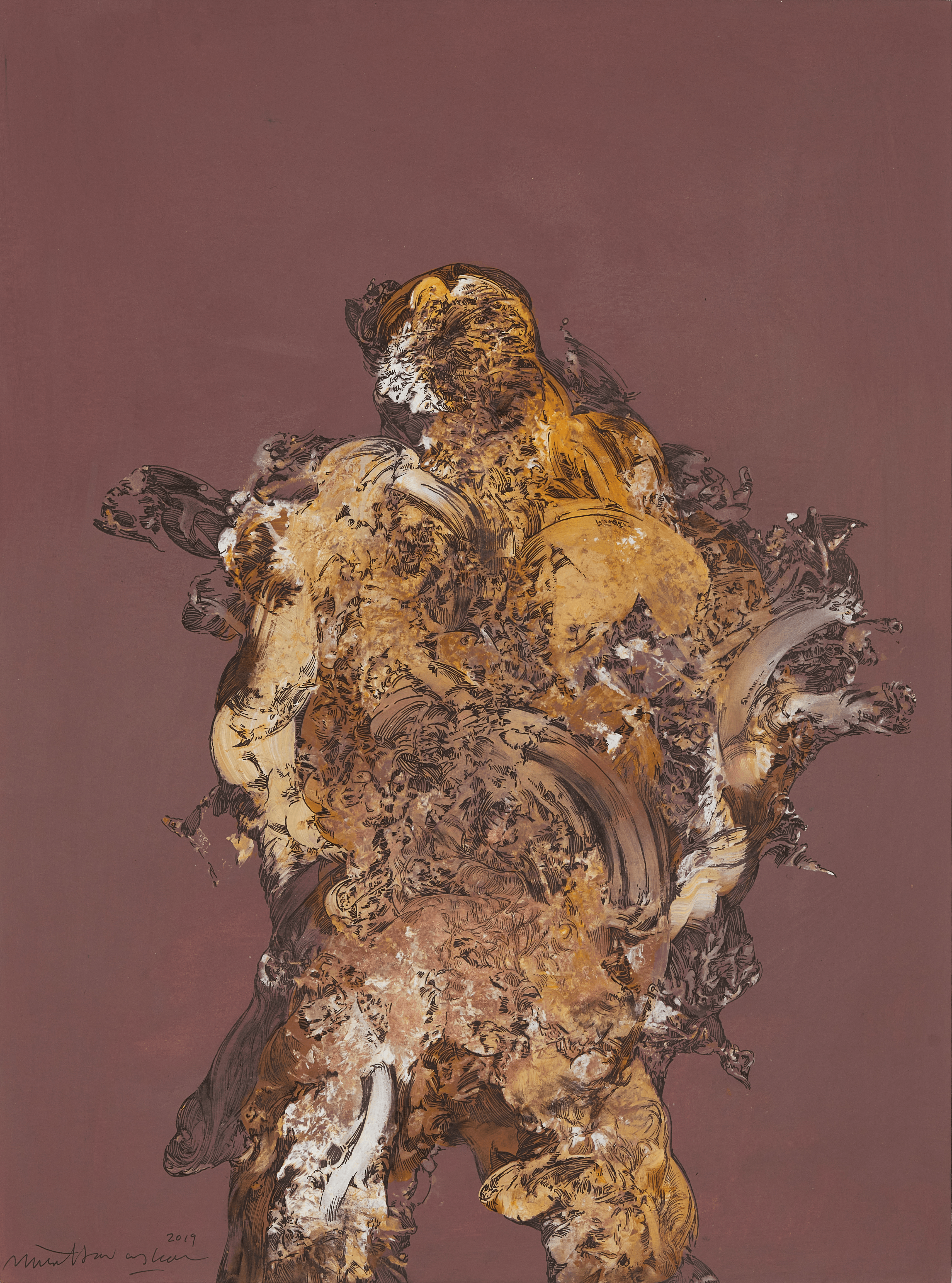
Murat, before we move on to more of these sorts of questions, can you take some time to bring our readers up to speed on you and what you do?
I am the second generation; I almost had only art materials to play with; watched my father draw and paint; I graduated from the same school he graduated from. I had incredible tutors, not only very good artists but also boosted my appetite, helping me to build my self confidence. During my Academy years, we mostly focused on technique (seventies and early eighties). There was a saying in those days: You learn here for half a decade, then you try to forget what you learn for a decade. For a period, I yielded the sin of enjoying appreciations; worst weakness for an artist, I believe.
In fine arts, I believe, you just have to mature. Barnett Newman’s remark that ‘Aesthetics is for the artist as Ornithology is for the birds’ does not mean you don’t care about aesthetics; as I can put: art is about everything but art. I mean, we amalgamate every input and mould it with our aesthetic apprehension. The most confusing thing is, the value of art is only for art it contains free from all other things. So input and output inverted, which makes art criticism and art history so important.


In your view, what can society to do to best support artists, creatives and a thriving creative ecosystem?
To support art and artists, first of all, the society should believe art actually can create a positive difference to their lives. Where art happens, the visions and empathy flourishes. Art touches every individual in a different way which is an antidote to mass hysteria. The problem is, as the establishment feeds on unquestioning mass behavior; the tycoons much prefer exaggerated pricy icons rather then grassroots art movements. They refere dead artists who can’t dissapoint them or court jesters jumping around.
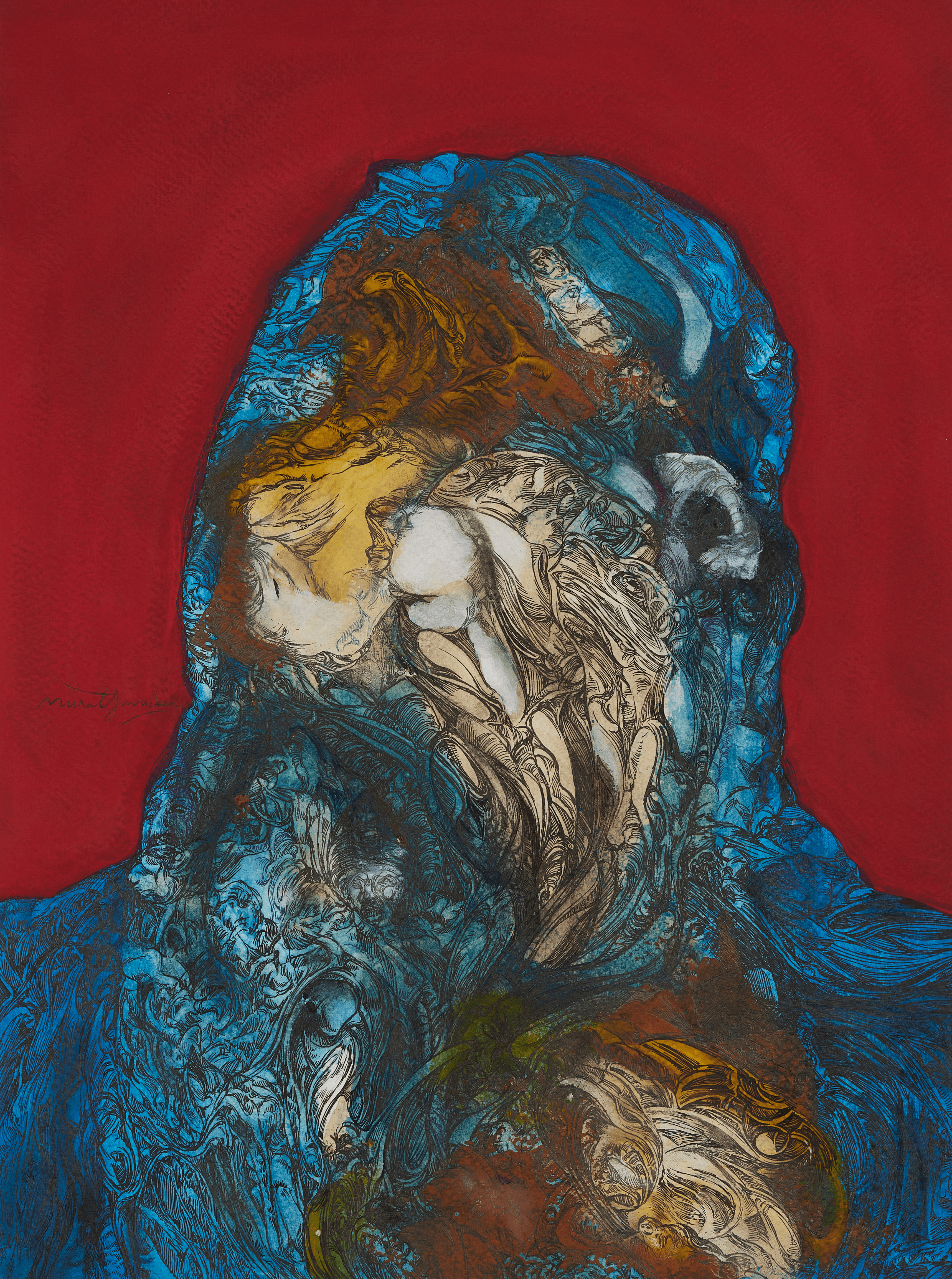
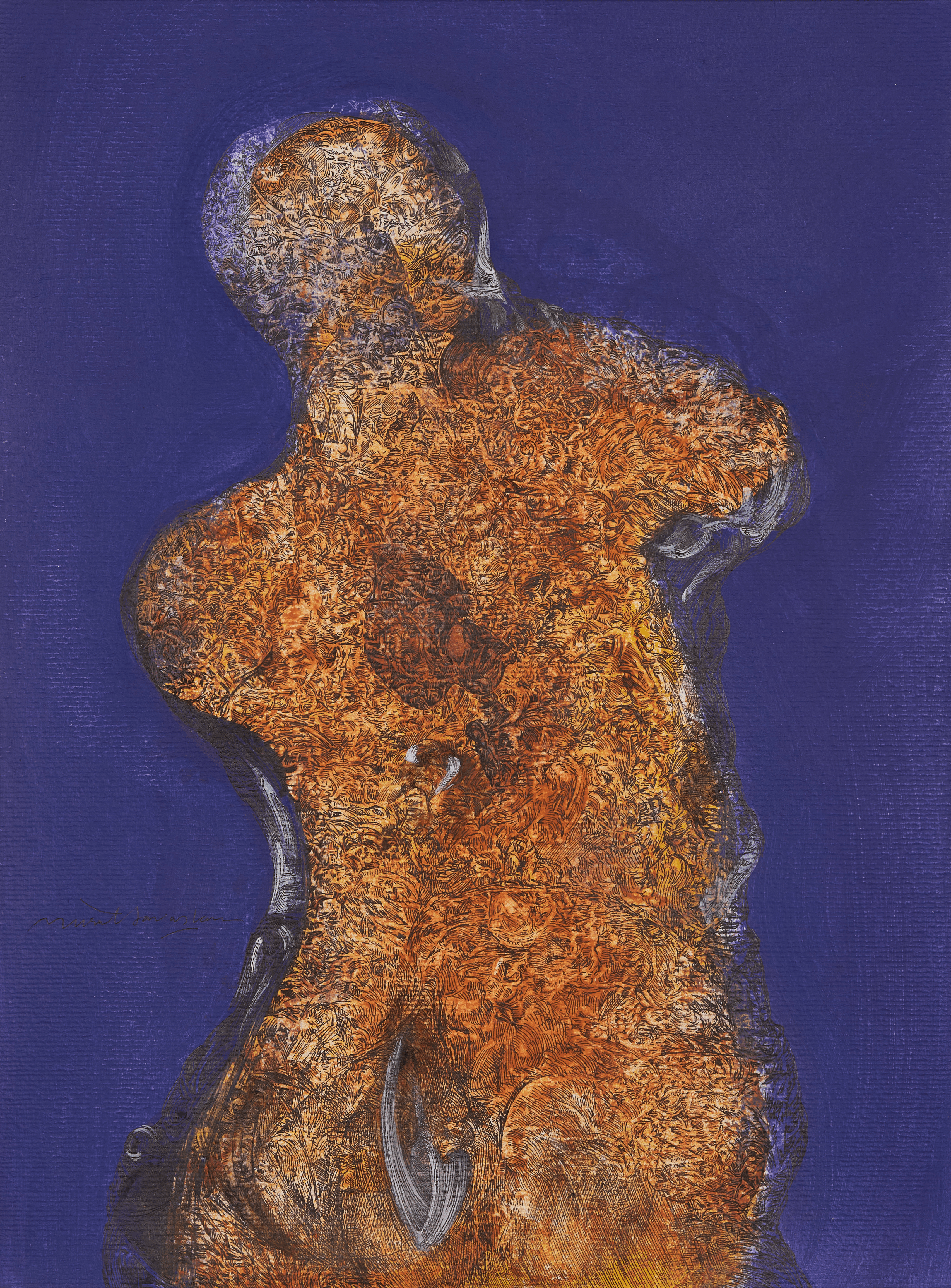
Can you share your view on NFTs? (Note: this is for education/entertainment purposes only, readers should not construe this as advice)
NFT may be reasonable for digitally developed art works. Scanned or camera reproductions are just reproductions and, personally, my works on paper or canvas all has small or heavy impasto, embossments, abrasions or matt / gloss patches which I think can’t be reproduced, at least for today’s conventional techniques. So I may say, I really don’t see the point for value in most of the NFT items in fine art terms.
Contact Info:
- Website: https://sites.google.com/view/murat-savaskan/home
- Instagram: https://www.instagram.com/mur58/
- Facebook: https://www.facebook.com/muratsavaskan
- Linkedin: https://www.linkedin.com/in/muratsavaskan/
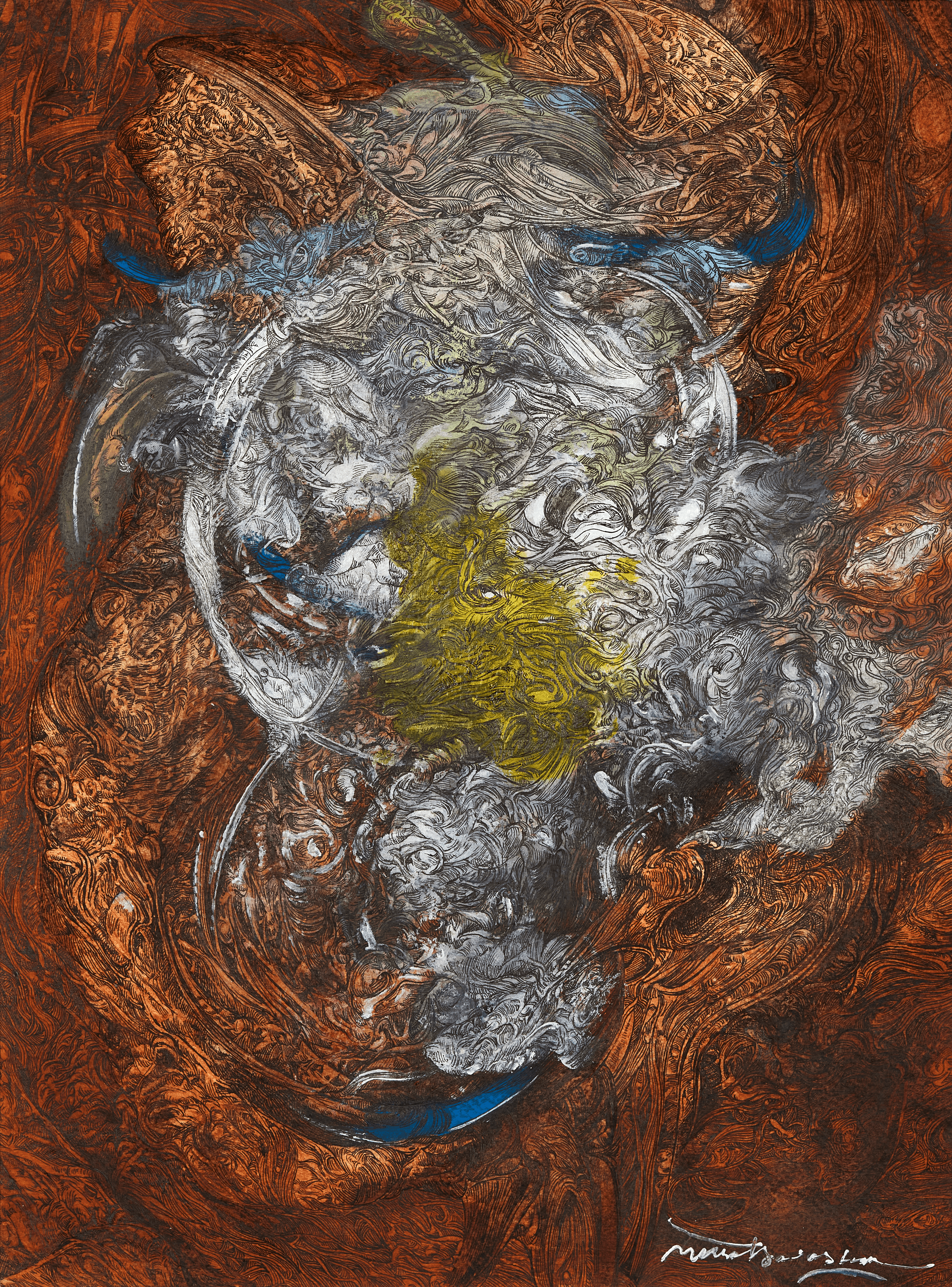
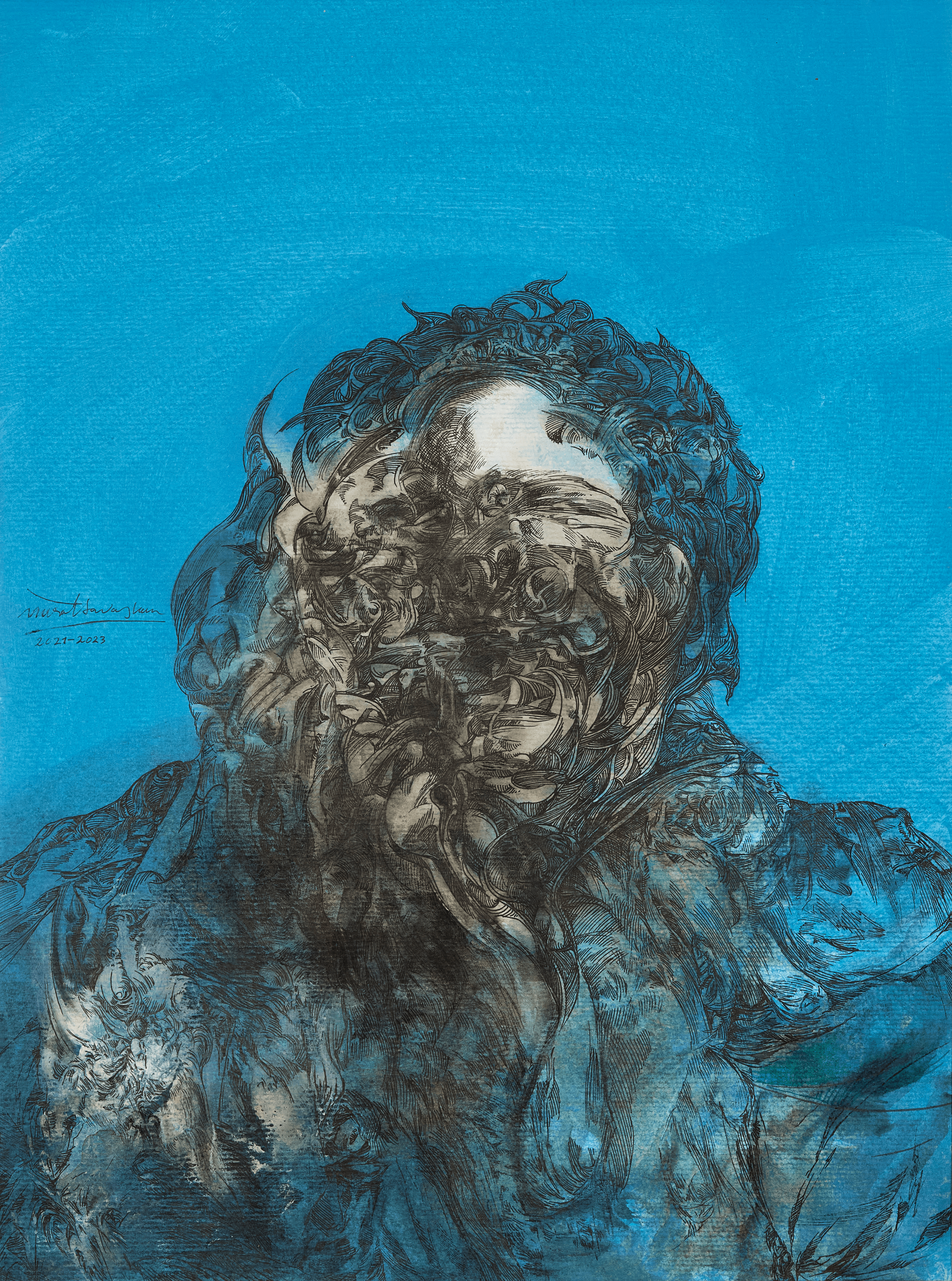
Image Credits
Portrait photo: Özgür Ceylan
Works of Murat Savaşkan reproduction: Ashkan Ramezani Tabrizi Studio _ İstanbul


